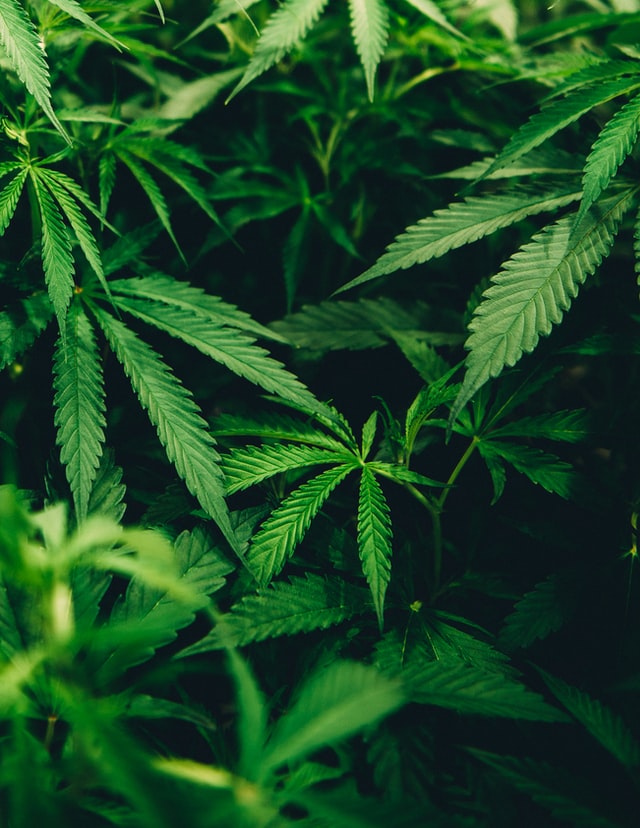The Need for Standardization
Cannabis analysis

Why is it difficult to measure the chemical constituents in Cannabis
Unless internal standards are employed measurements will only be qualitative (not quantitative) due to the inherent inefficiencies of all Mass Spectrometers. Defining and procuring a precise set of complex internal standards is difficult, time-consuming and expensive.
Current Methods of Cannabis Analysis and Testing
“Potency” is generally defined by the percentage of THC and or CBD (cannabidiol) in the plant material but at least 15 additional cannabinoids are routinely monitored including THCA (delta-9-tetrahydrocannbinolic) acid, CBDA (cannabidiolic acid), and CBN (cannabinol). Current methods for potency testing rely on the preparation of a calibration curve of unlabeled standards many of which lack plant matrix components against which to assess specific Cannabis compounds. These measurements are generally less expensive than the use of labeled plant internal standards, but they are less accurate, limited, and require more time and effort.
Cannabis

How IROA Cannabis Analysis can help
CIS corrects for all major sources of error including suppression and all forms of ionization inefficiencies, as well as normalizes samples (corrects for inherent sample variations, e.g. from dilution, or size).
Additionally, the measurement system provides unique and completely verifiable identification of each compound, differentiates noise from true biological data (removing false data), provides trackable QA/QC for all instrumentation and is mappable across diverse instruments and analytical protocols. Comparisons may be made across laboratories or instruments, even if measurements are made using very different methodologies.
Send us your details and queries, and we will be happy to help you.
